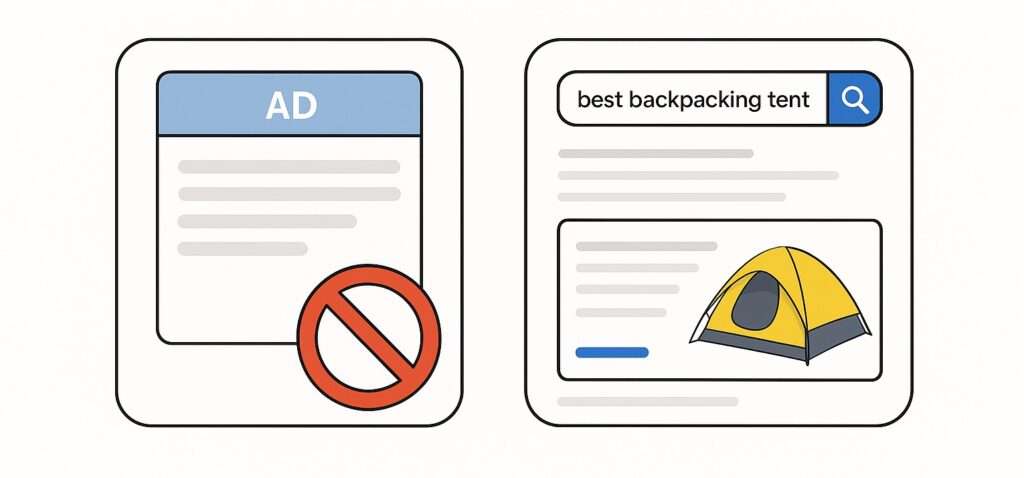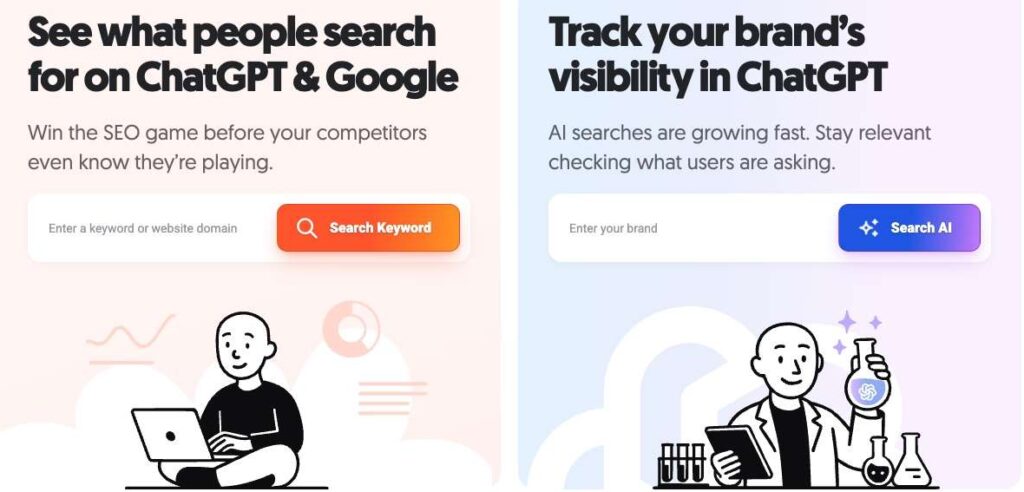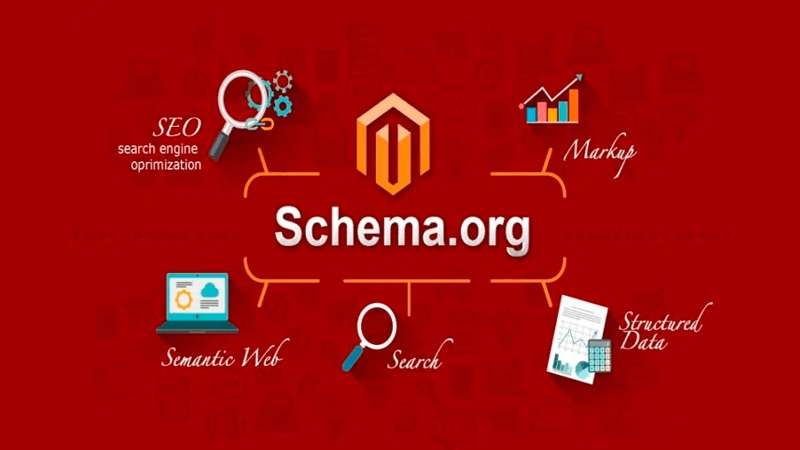At first glance, Mark Taylor is a laid-back dude. He sports a chevron moustache that caps an infectious smile and he has a relaxed gait, as if he’s always on his way to the beach or a froyo parlour. But when it comes to work, and specifically when it comes to helping companies market themselves effectively, Mark is a heat-seeking missile. He’s the founder and CEO of Autogrowth Academy, a performance-driven marketing company based in Kimberley, B.C. that has generated more than 22 million organic clicks and over 80 million dollars in revenue for its clients.
Before launching Autogrowth, Mark spent years as a cog in the wheel of a large affiliate marketing firm but the stressful, unfulfilling lifestyle got to him. He remembers one project in which he and a small team grew a single website from roughly 100K in annual revenue to nearly 2.5 million. That experience showed him how powerful “high-intent marketing” could be when applied with strategy and discipline and he took that learning and started his own venture. Today, through Autogrowth Academy, he teaches entrepreneurs how to build online systems that bring in leads and drive sales.
At the November Speaker Series, Mark’s presentation focused on how outdoor brands can use Google, YouTube, and ChatGPT to generate free traffic, increase trust, and grow a business without relying on paid ads. Below is a summary of his presentation that includes eight free, online things you can do right now to help grow your business.
8 Free Online Things To Do Right Now To Help Grow Your Business

1. Start With High-Intent Marketing Instead of Paying for Ads
Mark’s central message is simple: most small businesses waste money on ads before they build a system that brings in free traffic. High-intent marketing positions your content where customers are already searching for solutions. Instead of interrupting people with ads, you show up exactly when they type “best backpacking tent” or “where to find custom split-boards.” This approach works on Google, YouTube, and modern AI search engines like ChatGPT, Perplexity, Claude, and Gemini, all of which now surface product recommendations, tutorials, and buying guides directly in their results.
Mark emphasized that high-intent marketing saved his own business during its early years. With no budget for advertising, he relied on content that captured customers already in research mode, and those customers regularly arrived ready to buy.
2. Use Free Keyword Tools to Find What Customers Are Already Searching
To create content that attracts ready-to-buy users, Mark recommends starting with Ubersuggest, a free keyword research tool. Put in your core product or service, study the suggested questions and search terms, and identify what people are actively trying to learn.
For outdoor gear makers, that might include:
• “best ultralight tent for thru-hiking”
• “how warm should a down quilt be for winter camping”
• “backcountry ski gear checklist”
These keywords become your content roadmap. Once you have a list, plug them into YouTube to see which videos perform well. Study their structure, then apply Mark’s “Copy and Improve” method: create a similar piece of content, but with clearer explanations, stronger visuals, or more hands-on experience.
You do not need to go viral. You only need to show up where buying-intent searches happen.

3. Put Your Face on Camera to Build Trust AI Cannot Fake
AI now generates most of the internet’s content, and that flood of generic information means authenticity matters more than ever. According to Mark, the fastest path to trust is simple: founders must appear on camera. Whether you are a tent maker, ski builder, paddleboard shaper, or apparel designer, customers want to see the human behind the product.
Google’s Search Quality Guidelines prioritize original expertise expressed by real people. YouTube prioritizes videos with real faces in thumbnails. ChatGPT and AI search engines prioritize content that demonstrates personal experience and authority.
Videos featuring you, the founder, explaining gear, showing how you build it, reviewing related products, or sharing field tips will outperform AI-generated content because real human expertise cannot be replicated. “Know, like, trust” is still the sequence that drives buying decisions, and trust comes from your voice, your face, and your experience.

4. Publish Videos and Written Summaries to Help AI Bots Understand Your Brand
One of Mark’s biggest insights is that videos alone are not enough. To appear in AI search results, your website needs written content too. Every YouTube video you publish should also live on your website as a blog post that includes the video, a written summary, and relevant keywords.
Why? Because AI bots crawl your website the same way Google does. When they find clear explanations, descriptive text, and consistent topics, they can confidently surface your brand in AI overviews and product suggestions. Without written content, your videos become isolated islands instead of part of a cohesive search ecosystem.
5. Add Schema to Your Website So Google and ChatGPT Can Display Your Products
Schema is structured data you add to your website so platforms like Google and ChatGPT can read and display your products properly. Mark calls it one of the most overlooked growth tools for small businesses.
- For product-based companies, you need Product Schema
- For service-based companies, you need Service Schema
- For local companies, you need Local Business Schema
You can test your current schema by pasting any product or service URL into Google’s Rich Results testing tool. If your schema is missing, incomplete, or showing errors, fix it. Proper schema ensures your products appear as full cards in Google Shopping, Google Search, and AI results inside ChatGPT.
6. Submit Your Product Feed to ChatGPT for Free Visibility
Most businesses do not know this exists: ChatGPT has a product-submission portal that allows you to upload your product catalogue so your items can appear inside AI shopping boxes.
If you run a Shopify store or sell physical goods of any kind, connect your shop to the ChatGPT product feed and submit your application. It is still early in the rollout, which means competition is low and early adopters will benefit most.
7. Create a Google Merchant Account to Capture Free Traffic
If you sell products and do not have a Google Merchant account, Mark considers it a serious missed opportunity. Once connected to your e-commerce platform, Google Merchant pulls your product data, shows your items in Google Shopping results, and sends you free traffic.
You can run ads through Google Merchant if you choose, but even without ads, the organic placements can drive meaningful sales for outdoor gear makers.
8. Build Systems So You Can Spend More Time Creating Content
Toward the end of the presentation, Mark emphasized that none of this works unless founders free up time to actually create content. He recommends a simple rule: every operational task you do in your business should be the last time you do it. Document it, create a step-by-step Standard Operating Procedure, and delegate it.
This creates the breathing room needed to film videos, research keywords, update schema, and publish new content. The more you document, the more capacity you gain to work on marketing, which in turn will lead to more clients, more sales, and more growth.




